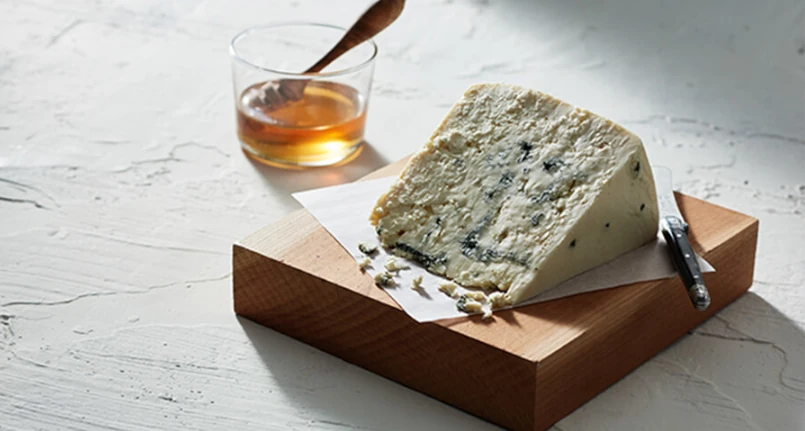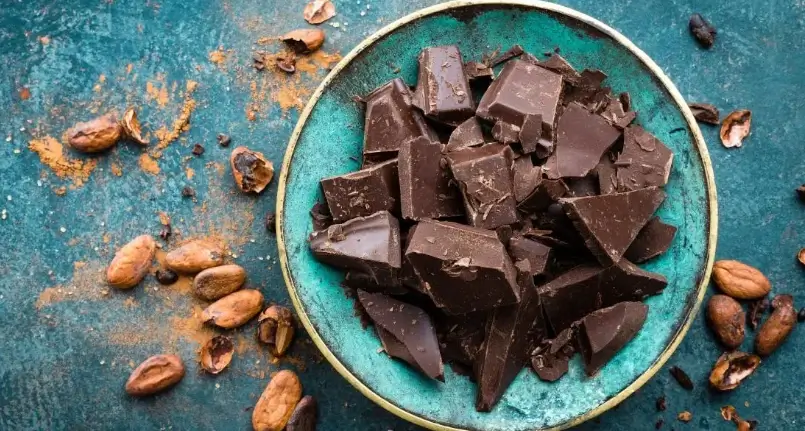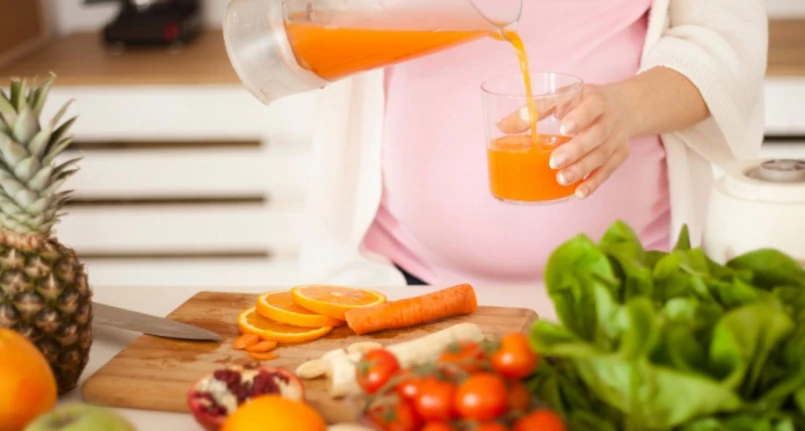Introduction
The appearance of greenish or blue spots on slices of bread , cheese or cured meats, and vegetables, indicates the formation of mould . But what if you accidentally eat it? If you bite into moldy food, there’s no need to worry. It’s extremely common, as mold spores are everywhere. Let’s see in detail which foods can be eaten and when it is possible to eliminate the moldy part and eat the product in safety. Furthermore, to avoid the onset of mould, it is advisable to adopt purchasing behaviors that aim for the right quantities, and for correct food conservation in sanitized environments.
Eating mold: consequences
- nausea
- vomit
- allergic reactions
- temporary and easily fixed breathing problems
There are no adverse or lethal consequences related to the consumption of food mould. Should the symptoms persist, it is advisable to consult your doctor who will be able to prescribe the correct therapy.
The “best known” molds
Mold is present in daily food . It is no coincidence that various foods are prepared using natural moulds. Some “well-known” examples are those of cheese, soy sauce , vinegar , yoghurt , etc. The cheese is produced with common molds such as strains of Penicillium , just think of gorgonzola . Traditional soy sauces and vinegars use Koji , a fungus, to ferment and create that classic sour, tart, and sometimes sweet taste .
What happens if you eat mold
If the immune system is healthy, no particular adverse reactions or illnesses should occur even by ingesting small quantities of food with molds. Although molds (aka microscopic fungi) – which creep onto plant and animal products after being transported there by air, water or insects – can cause problematic consequences such as nausea, vomiting or diarrhea , they are not lethal. After all, molds are supposed to be present on certain foods, including hams and aged cheeses like brie and camembert . In many of these cases, the mold is totally safe to eat, experts say.
The presence of the characteristic green or white floury mold that appears on fruit, vegetables, bread and dairy products does not cause discomfort as it is harmful or harmful, but simply because of the bad taste, but not because of a particular toxin contained in it.
There is one exception: if the mold you eat produces a particular kind called mycotoxin , then it could cause liver and kidney problems . It is typically found in grain and nut crops , but also in celery , grape juice , apples , and other products. However small amounts are unlikely to cause any risk. Experts recommend that you still contact your doctor if the symptoms intensify beyond nausea. With gastric juices most bacteria will not be able to survive.
You risk consuming moldy food
Serious consequences from ingesting mold are very rare. However, symptoms may appear that include persistent nausea and vomiting – in this case it is advisable to call the doctor who will prescribe anti-nausea medications. In some cases, people experience allergic reactions to certain molds, which can contribute to respiratory problems. Mold cannot survive in the stomach because the environment is too acidic. Many human diseases are caused by fungal infections of the skin and respiratory system. However, these are not really associated with eating moldy foods, whether or not the mold was intentionally used to ferment afood product or not.
Just get rid of the mold?
These foods should be thrown away if moldy :
- Soft cheeses (which shouldn’t be moldy)
- Berries
- Grape
- Peaches
- Bakery products
- Legumes
- Peanuts
- Yogurt
- Jams
- Meat
- Bread
These foods can still be eaten, removing the moldy part:
- Hard cheeses such as grana , parmesan , pecorino
- Cured salami or sausages
- Firm fruit
- Vegetables
Is it enough to simply remove mold from food? The answer is not universal: it depends on the food. The reason lies in the “roots” of the moulds , therefore it is sometimes not enough to eliminate the slice of cured meat or cheese that has the spots and fuzz typical of the mould, in order to continue eating this food in safety. When toxins are present , they are able to infiltrate the secondary layers of the food, making the food unsafe and therefore to be avoided in its entirety.
However, mold cannot penetrate some hard cheeses, hard salami, firm fruits and vegetables as easily as softer foods.
How to prevent mold on food
- Do not leave food in hot, humid places
- Buy food in small quantities so that mold does not have time to grow
- Cover the food with cling film
- Quickly return food to the refrigerator
- Eat fresh foods within three days
- Clean the refrigerator regularly
- Keep the humidity level in your home below 40 percent




